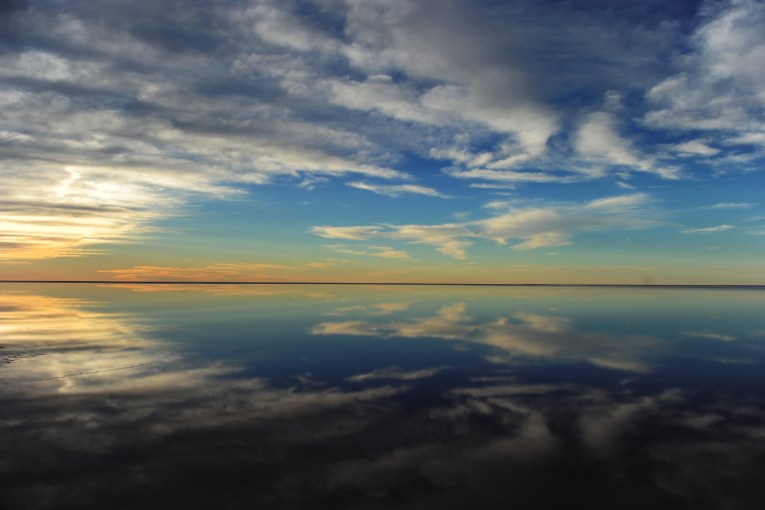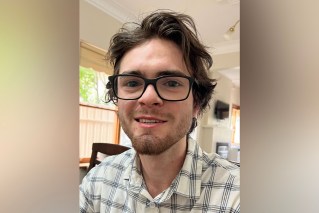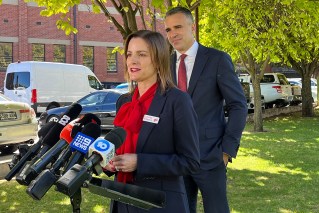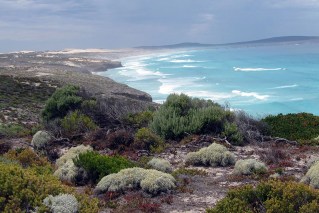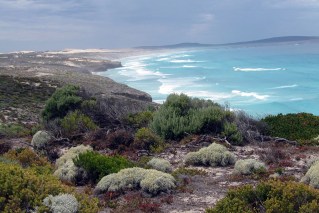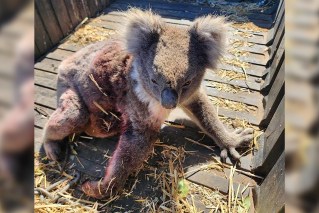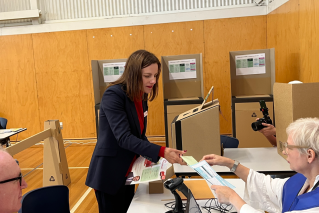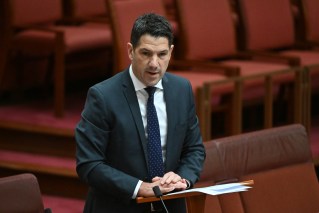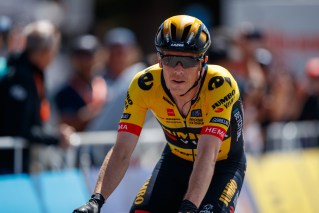Freshwater turtles released in South Australia
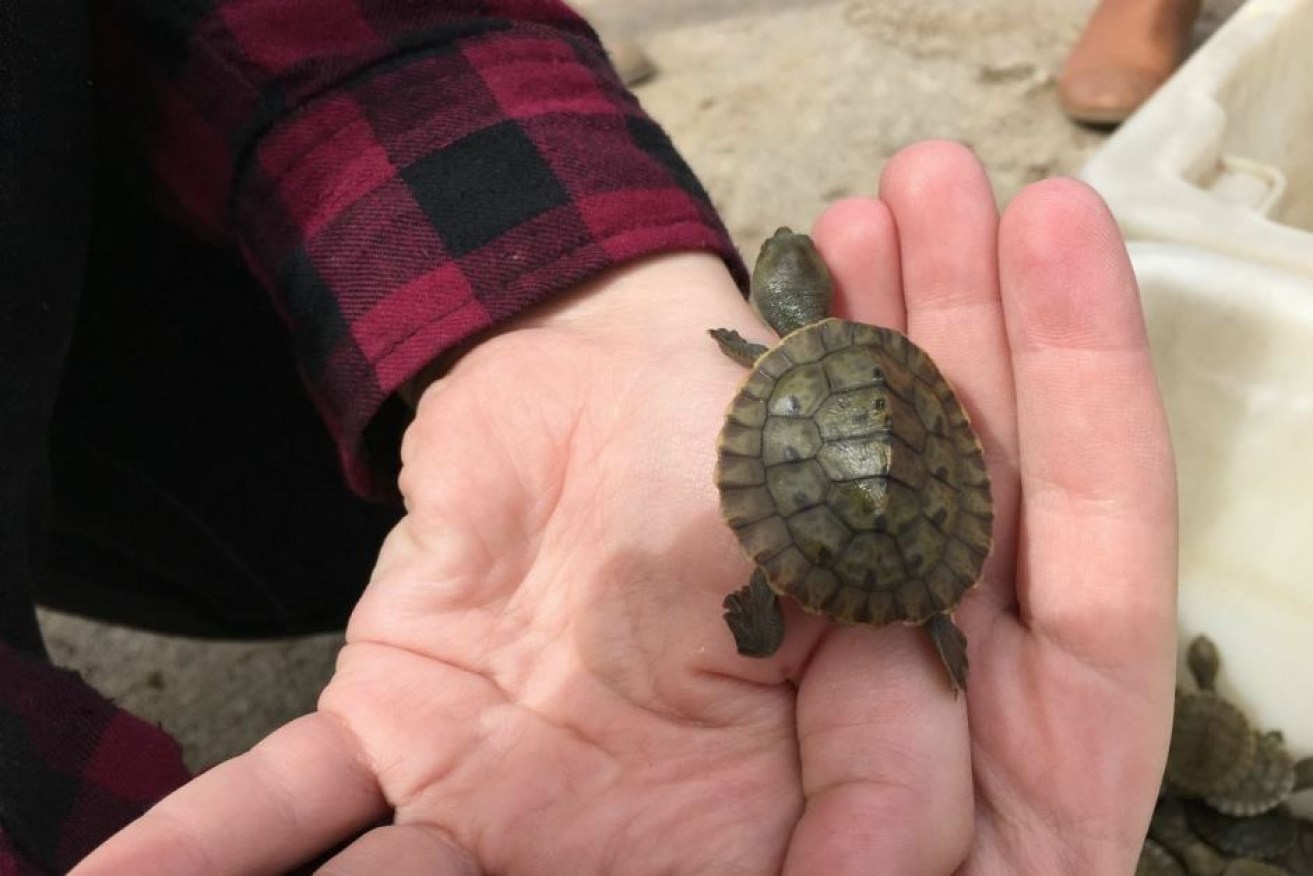
ABC
An environment group and university researchers are teaming up to try to stem a sharp decline in turtle numbers in the Riverland of South Australia.
Authorities estimate the freshwater turtle population has dropped by as much as 90 per cent over the past four decades.
A team in the Riverland is keen to find out more about why the turtles are facing a struggle to thrive.
• Fish with two mouths caught in SA’s Riverland
• Orcas kills great white shark in ‘fight of all fights’
• SA time zone change plan
About 2,000 hatchlings bred at Barmera have now been released at nearby Lake Bonney in an initiative by a regional environment group.

A tiny turtle hatchling before its release into the wild. Photo: ABC
Tim Broster of the group Save Lake Bonney said the area had fewer nests than in past years.
“I’ve noticed a bit of decline in the number of nests that have been encountered here on Pelican Point, which is where most of the turtles are currently coming to lay,” he said.
The Riverland group is collaborating with a freshwater turtle research team from the University of Western Sydney.
Zoologist Ricky Spencer said the River Murray turtle population had been dwindling for decades.
“Fox predation has limited the little babies, the juveniles coming in. About 95 per cent of nests are actually destroyed each year,” he said.
“When you’re looking at ageing populations (of turtles) you can have a lot of individuals still out there but they’ll all die off at once and that’s what we’re facing at the moment.”
Turtles will be monitored for three years
The hatchlings released at Lake Bonney have identifying markings and will be tracked over the next three years.
“What we’ll see is how many survive, how many do you need to actually release into a population to actually have an impact in terms of survivorship and building up that resilience,” Dr Spencer said.
The tracking results will be used to develop a turtle management plan for the longer term.
Mr Broster said that could have wider benefits for the Riverland environment.
“When you’ve got a strategy to deal with a highly connected species like turtles, it really means you can develop a strategy that deals with everything else as well,” he said.
The tracking project will enlist the support of local residents to catch marked turtles and record their size and location.
Dr Spencer said technological advances could make monitoring easier in the near future.
“We’ll next year put little transmitters on them and they’ll be automatically tracked to see how far down the river they go, how far up the river or whether they just stay in their hidey holes,” he said.
There are similar monitoring projects taking place further upstream in the Murray, involving communities in Victoria and New South Wales.
– ABC
